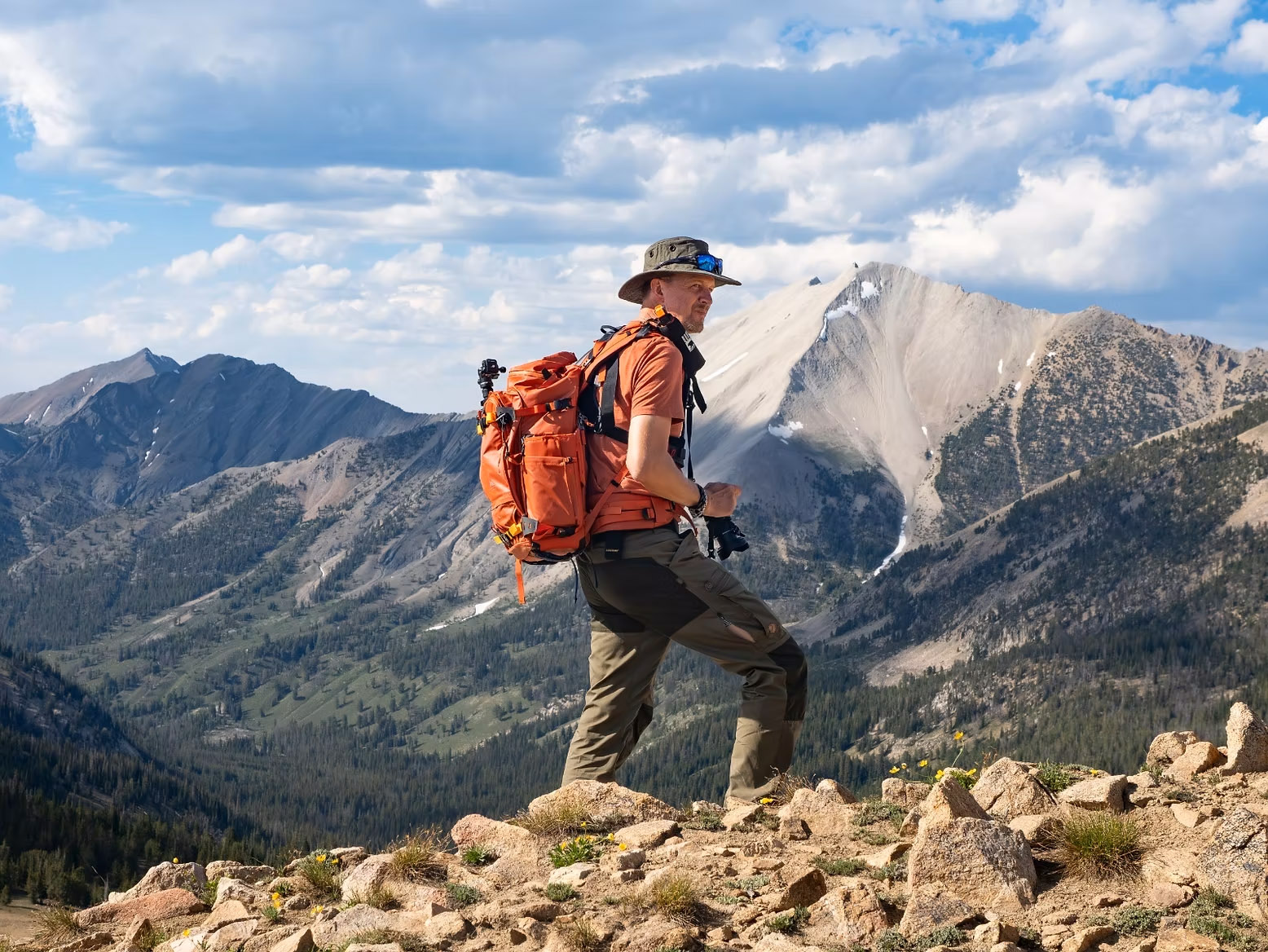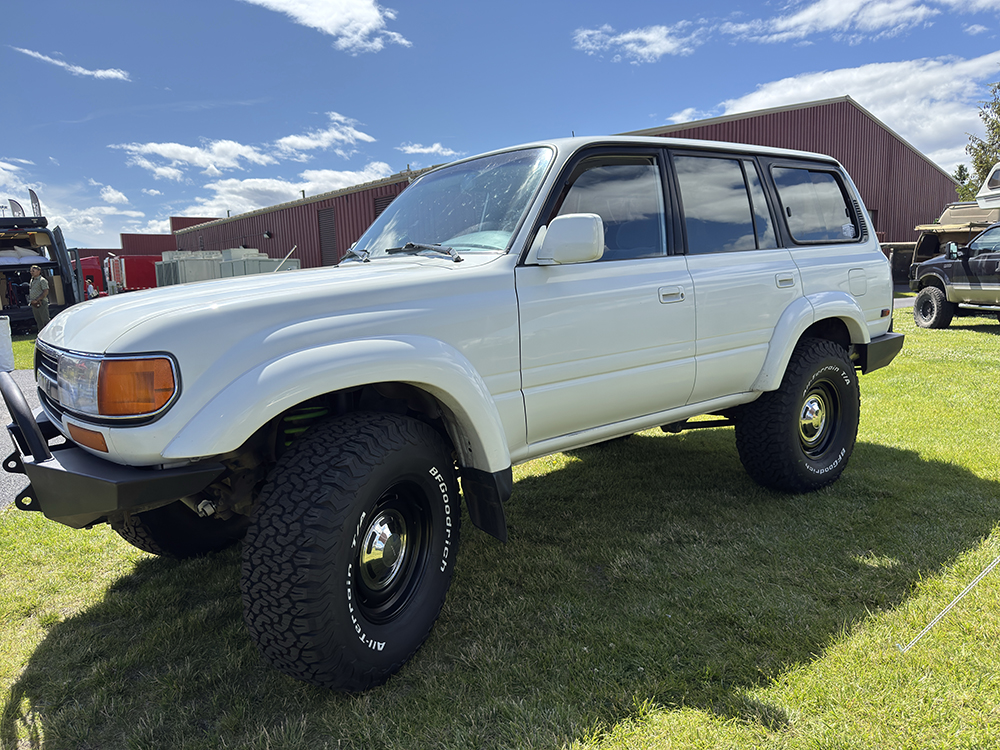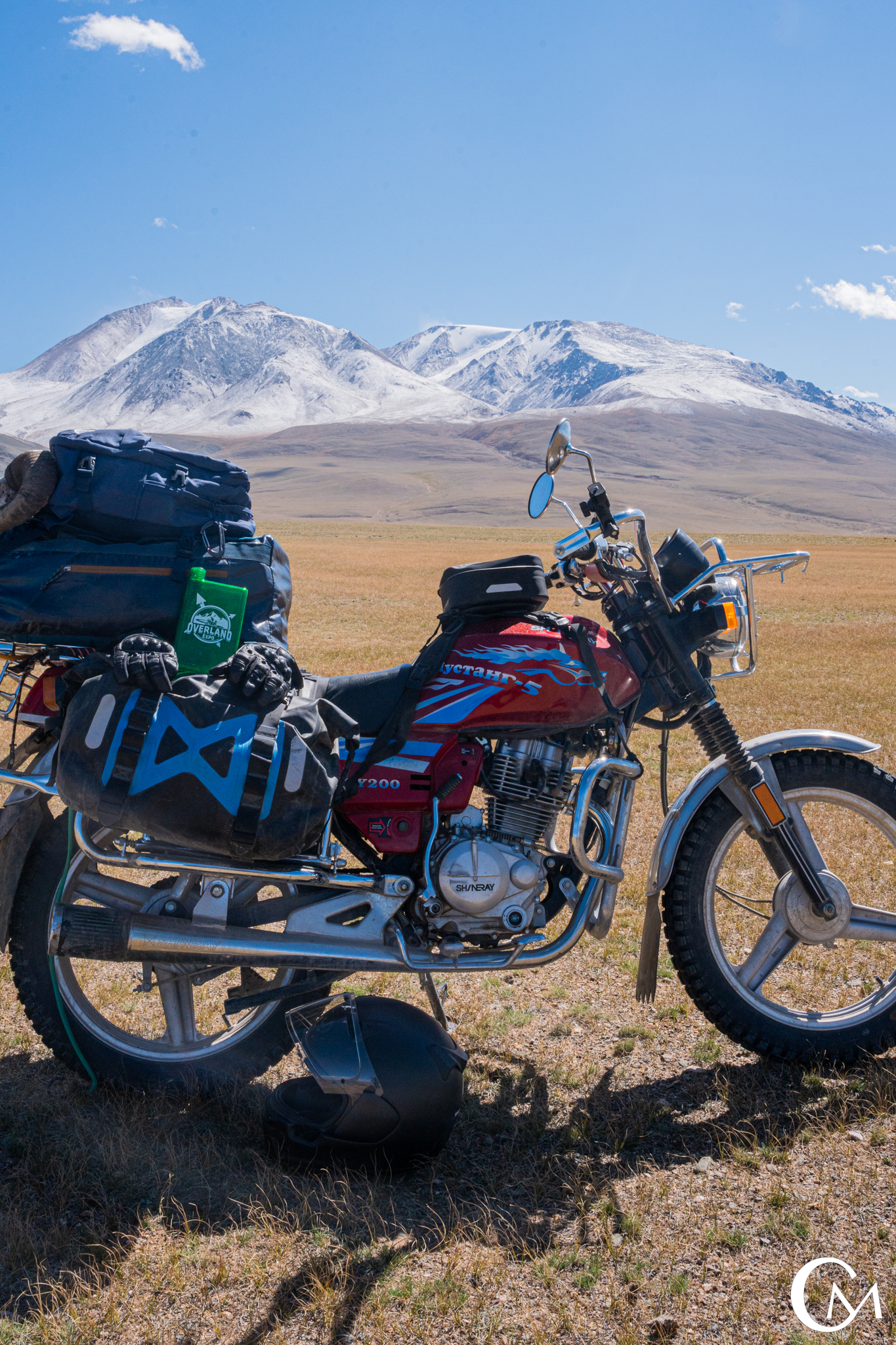Picture this: you’ve been on the trail all day, and you finally hit your favorite campsite as the sun is hanging low in the sky. You set up camp, grab a beverage, and start to relax – and then you notice it…little, white toilet paper “flowers” dotted around your camp. Maybe that’s the reason the flies are bad? Not only is someone’s waste an awful thing to see, but it can be detrimental to the environment – you know, the thing that you went out into the woods to be closer to in the first place?
Just for the record, it is cringe to leave your waste and toilet paper laying around for someone else to deal with. Don’t do it!
Whether you’re new to the world of outdoor recreation or even if you’re a seasoned overland adventurer and have done your fair share of deep woods pooping, you’ll want to get a solid (and liquid) understanding of how to “take care of your business” in the backcountry. More importantly, what do you do with it when you’re done? While handling your bathroom business isn’t that big of a deal, we wanted to offer some advice on the best ways to handle nature’s call. Plus, we have some great equipment options you can carry to help make the process easy for yourself and your traveling companions.
Why This Matters
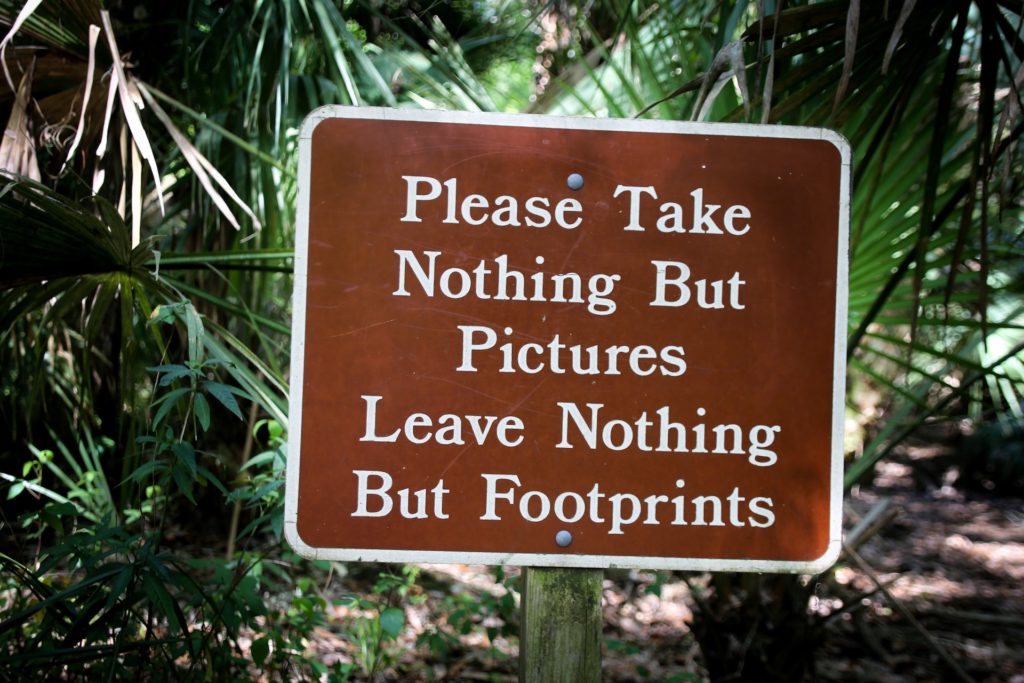
Before we jump into the how-to portion of using the bathroom in the backcountry, let’s touch on why it’s important to do it the right way. With the number of people recreating in the wilderness rising, so is the impact that we’re all making. More than ever before, it’s important that we all focus on minimizing our impact and following Leave No Trace principles to the best of our abilities.
It’s also worth noting that it falls to long-term overlanding enthusiasts to help educate the new people in our community. We all hate stumbling upon a beautiful area that’s littered with used toilet paper and other undesirable things, so let’s do our best to not only clean up after ourselves but inspire others to do the same.
Set Up Your “Go” Kit
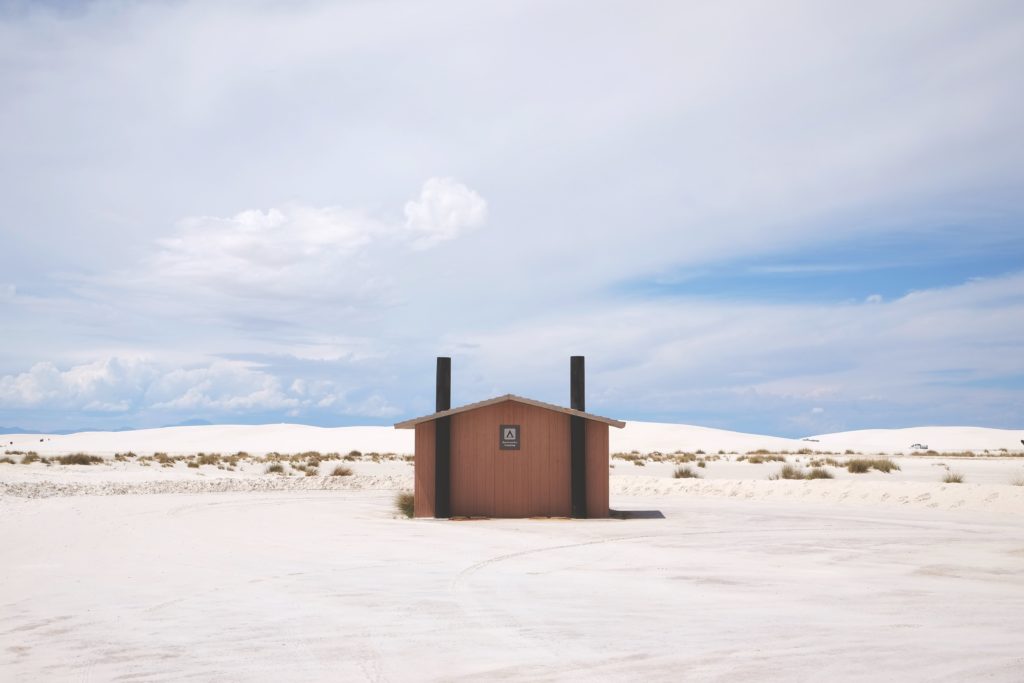
In the best-case scenarios, you can find a vault toilet or a portable restroom at trailheads or near popular destinations. These obviously help minimize the total impact on the environment. However, your experience in these situations can be enhanced by carrying just a few products in a small pouch called a “Go” Kit.
Inside that kit, you should have some hand sanitizer or sanitizing wipes. However, if you bring wipes, also pack a small resealable bag to pack your wipes out. Wipes don’t break down as toilet paper does, and they can clog the tubes of the pump trucks that clean out vault toilets and portapotties.
Sea to Summit makes excellent unscented sanitization wipes. The 75% alcohol formulation kills 99.99% of bacteria. The resealable flap really works well, so you don’t have to worry about the wipes drying out.
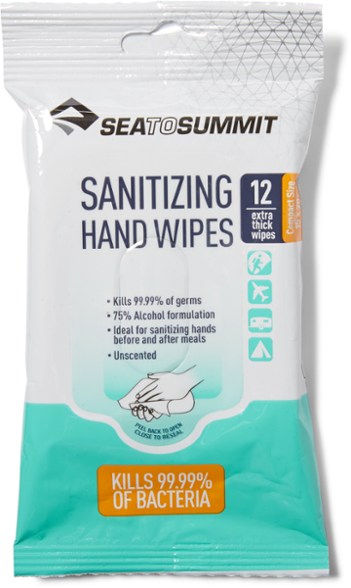
It’s also worth keeping a headlamp with your bathroom kit. It may not be as performance-focused as your main headlamp, but a small one can help illuminate late-night cathole forays or even dark vault toilets. The Astro 2.0 from Black Diamond offers 300 lumens with an easy one-switch operation.
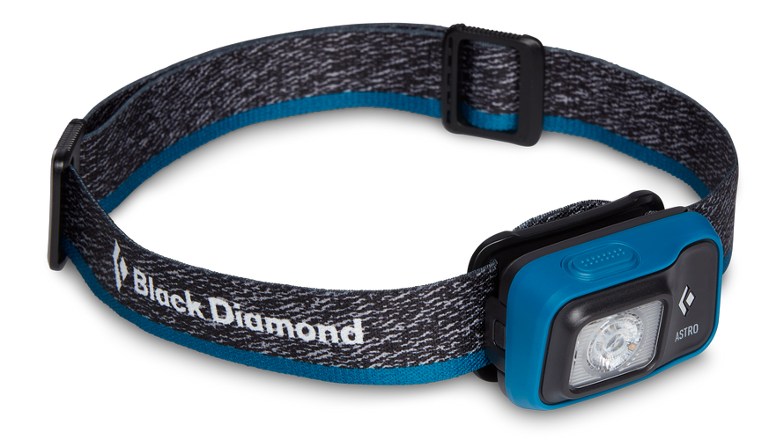
Toilets on the Go
Overland vehicles are getting larger, and with all of that extra capacity comes the option to include a cassette or composting toilet inside your vehicle, camper, or trailer.
A cassette toilet is a compact solution that includes a small holding tank with a seat on top and a valve that separates the tank from the bowl. When you are ready to dump the tank, simply detach the seat from the tank and take it into any public restroom or RV dump station, and pour it out.
READ MORE: How to: Leave No Trace for Overlanders
Oftentimes, travelers add a chemical pod to reduce odor and help break down waste. A composting toilet works similarly, but the holding area houses varying organic materials that help convert solid waste to compost that can be easily and legally disposed of. Urine is diverted into a separate holding tank on composting toilets.
The Dometic SaniPottie Toilet 966 is a quality option that holds five gallons of waste in a relatively small package. Secure latches hold the seat and tank portion together until you’re ready to dump it out. It’s suitable for use inside or outside a rig when paired with a privacy tent.
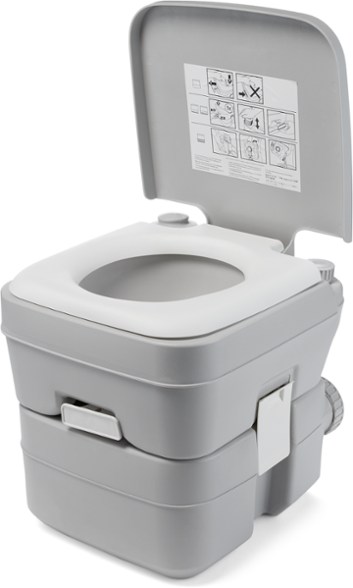
If you’re looking for a “next level” toileting experience, consider the Wrappon Trekker WT-4 Toilet System. The Trekker is an innovative camping toilet that sanitarily wraps and seals your waste without using any water. You simply put the wrapped waste in your garbage and throw it out when you get into town. This unit requires an AC adapter and it folds down into a compact shape when not in use.
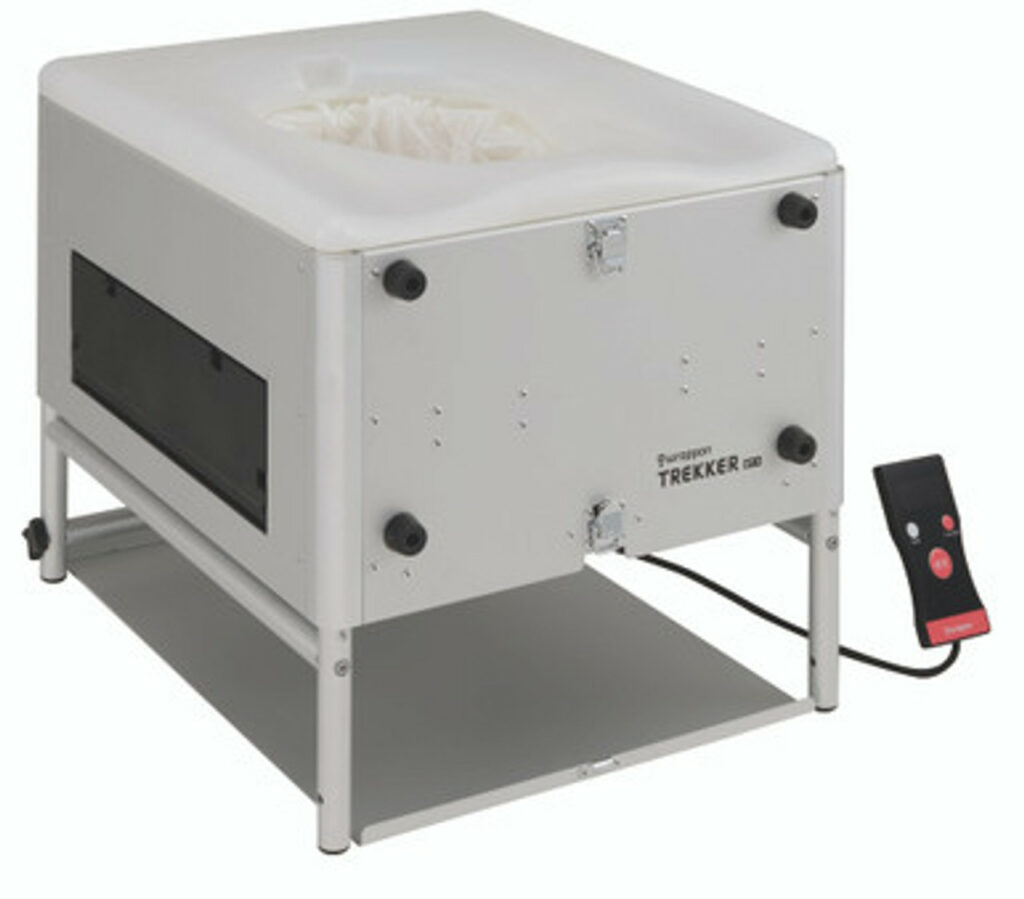
Like anything involved with vehicle-based travel, there is no perfect solution. With an onboard toilet, you face challenges associated with the effective storage and disposal of waste. Plus, you must endure the constant sloshing of tanks or, worse yet, composting medium inside your vehicle. However, the benefits are apparent after one use.
Dig a Cat Hole, and When in Doubt, Wag it Out
On occasion, you will find yourself in a situation where there are no toilets available, and your only solution is to poop in the woods. Doing your business in the woods should always follow Leave No Trace Principles to protect our wild spaces and public lands from being trashed or closed to recreation because of overuse.
Digging a cathole is a simple process, and all you really need is a small shovel or spade, toilet paper, and, depending on the environment that you are in a wag bag. Find a location that is 200 feet from a water source with soft ground, dig your hole four to eight inches, wipe, and fill your hole with the same dirt that you removed initially. Check with your local ranger station to determine if you should bury or pack out your toilet paper.
Of course the shovel you carry on your rig will work, but if you want a separate lighter option, the Dig Dig Tool from Vargo is a great option. It’s constructed of strong titanium and includes serrated sides to cut through the soil. Weighing in at only 1.2 ounces it’s barely noticeable in hand, but it’s tough enough for years of use.
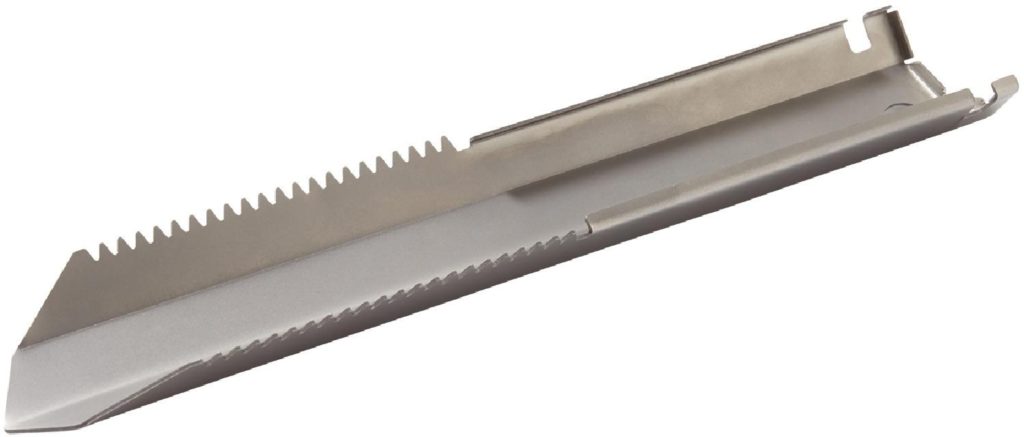
If you are in an environment that has hard ground or is otherwise sensitive, simply use a wag bag to pack out your waste and toilet paper. Wag bags can take many forms, from the classic zip-lock bag and other commercially available products to more severe DIY applications like PVC pipe canisters used by river rafters. Although the idea of hauling fecal matter around isn’t glamorous, keeping our natural spaces clean and healthy should be the highest priority when we travel into the backcountry.
If you’re looking for something more discreet than a zip-lock bag, wag bags are widely available at most outdoors stores and can be ordered in bulk online, so you always have one in your vehicle when nature calls. Leave No Trace, in conjunction with the National Forest Service, recommend Cleanwaste GO Anywhere waste bags. With a built-in “poo powder,” the GO Anywhere bags begin breaking down human waste and can hold up to 32 ounces of material.
If you aren’t sure if you are in a sensitive environment or not, err on the side of caution and haul your waste and toilet paper out with you. There is nothing worse than traveling into the woods and finding that someone else has left their waste and trash behind for you to enjoy.
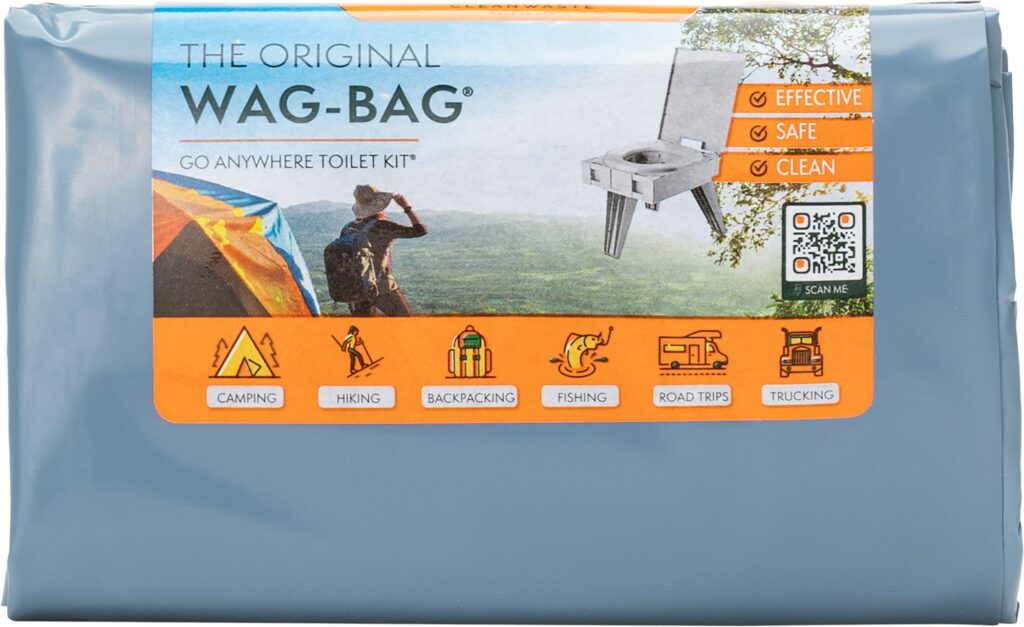
For more information and tips on using the bathroom while overlanding, check out this great video from Overland Expo instructors Matt and Tim.
